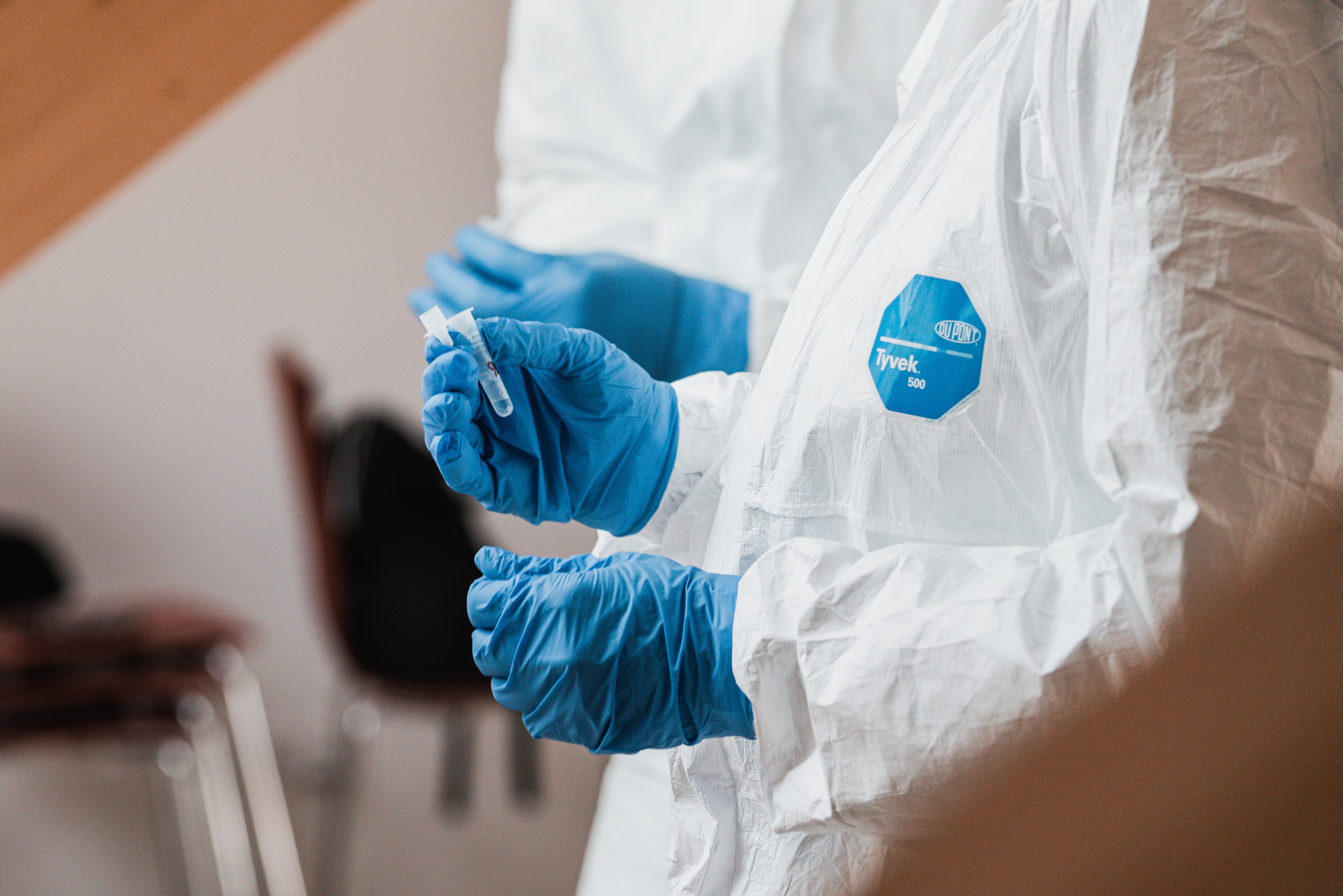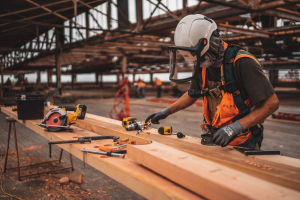
Understanding PPE: A Guide for Corporate Buyers
As a corporate buyer responsible for the safety and well-being of your employees, understanding Personal Protective Equipment (PPE) is of utmost importance. PPE plays a critical role in protecting workers from potential hazards in the workplace, but it can be overwhelming to navigate the wide range of options available. In this comprehensive guide, we will provide corporate buyers with a thorough understanding of PPE, its different types, and key considerations for making informed purchasing decisions.
What is PPE?
Personal Protective Equipment, commonly known as PPE, refers to any equipment or clothing designed to protect workers from potential workplace hazards. It acts as a barrier between the employee and the hazardous elements, reducing the risk of injuries and illnesses. PPE can include but is not limited to:
- Head protection: Hard hats, helmets
- Eye and face protection: Safety glasses, goggles, face shields
- Hearing protection: Earplugs, earmuffs
- Respiratory protection: Masks, respirators
- Hand protection: Gloves
- Foot protection: Safety shoes, boots
- Body protection: High-visibility clothing, aprons, coveralls
Assessing Hazards and Determining PPE Requirements
Before purchasing PPE, it's essential to conduct a thorough assessment of workplace hazards to determine the specific PPE requirements. This assessment should involve identifying potential risks, evaluating their severity, and considering the duration and frequency of exposure. By understanding the hazards, you can select the appropriate PPE that provides adequate protection for your employees.
Selecting the Right PPE
Choosing the right PPE for your workforce involves considering several key factors:
1. Compliance with Safety Standards
Ensure that the PPE you select meets the required safety standards and regulations. Look for certifications from reputable organisations such as ANSI, ASTM, or EN to ensure the quality and effectiveness of the equipment.
2. Fit and Comfort
PPE should fit properly and be comfortable to wear for extended periods. Ill-fitting or uncomfortable PPE can lead to reduced compliance and compromised safety. Consider adjustable features and different sizes to accommodate the diverse needs of your workforce.
3. Durability and Lifespan
Evaluate the durability and expected lifespan of the PPE. Investing in high-quality, long-lasting equipment may initially cost more but can save money in the long run by reducing the need for frequent replacements.
4. Ease of Use and Maintenance
Choose PPE that is easy to use and maintain. Clear instructions, intuitive designs, and user-friendly features can promote proper usage and ensure that the equipment remains in good condition over time.
5. Training and Education
Provide proper training and education to your employees on the correct usage, care, and maintenance of PPE. This will help maximise the effectiveness of the equipment and ensure that employees understand its importance in their safety.
Regular Evaluation and Review
Purchasing PPE is not a one-time task. It's important to regularly evaluate and review the effectiveness of the chosen PPE to identify any potential gaps or improvements. Stay updated with the latest safety standards and advancements in PPE technology to ensure that your workforce is adequately protected.
Conclusion
Understanding PPE is crucial for corporate buyers to make informed decisions that prioritise employee safety. By assessing workplace hazards, selecting the right PPE, and regularly evaluating its effectiveness, you can create a safe and secure work environment for your employees. Remember, investing in high-quality PPE is an investment in the well-being and productivity of your workforce.




